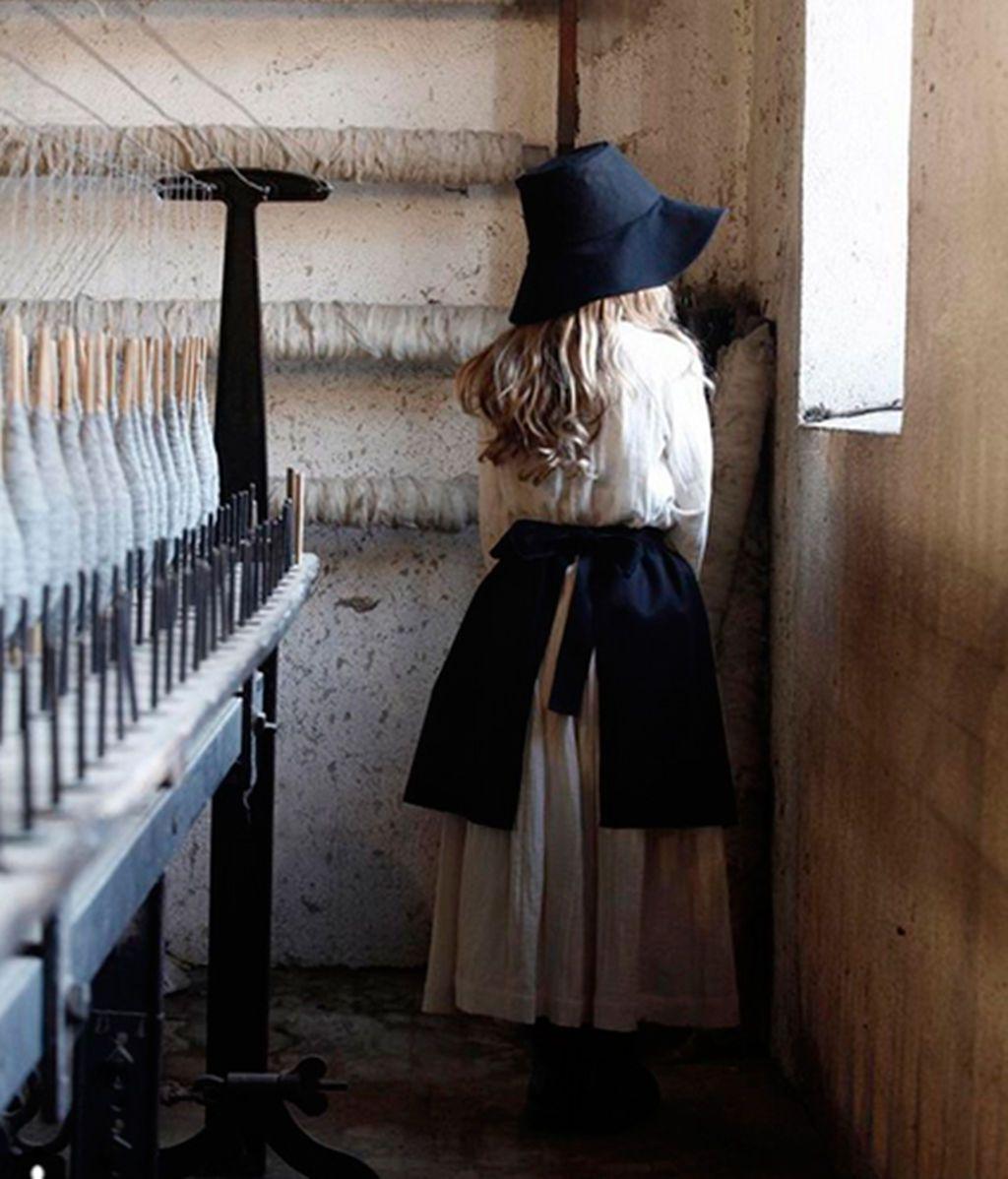
Kinfolk is more than just a trend born in the United States and inspired by the Amish community. Kinfolk means parents and family and consists of a lifestyle that promotes a return to nature, simple customs, traditional food and home. It influences all aspects of life, from decoration to food and now it has come to revolutionize the way the little ones in the house dress.
The kinfolk: the aesthetic that wants to return to the roots
This movement was born in 2011 when a community of artists created Kinfolk Magazine, a multidisciplinary magazine that includes interior design, fashion, culture, design, art, music and even food, with a common interest: to combine their taste for art and design with their love for time spent with family and friends. And all focused from a very natural and simple point of view in which the table, more than a place for sporadic meetings, is the center of life.
Among its principles is the connection with nature, the return to organic raw materials (wood, rattan, stone, linen, cotton...), neutral colors, crafts, recycling, organic food, recipes and culinary techniques traditional and everything that allows connecting with the origins and the return to nature.
The guidelines of this style: think of Laura Ingalls and you will be right

All this philosophy has been transferred to a new children's aesthetic that consists of dressing children as poor peasants, with garments that are the absolute antithesis of sophistication. Petticoats, puffed sleeves, wide dresses, wide trousers, aprons, sizes above the waist, natural fabrics, neutral or very faded colours, noble materials such as linen (although with a burlap look) and tortoiseshell buttons, traditional prints such as Vichy stripes or checks, wool hats that look like recently sheared sheep or yarn rompers as knitted by grandma.
All very peasant, very colonial, very Amish. In short, the style of Mary and Laura that smells of the countryside and freshly made cupcakes by Mrs. Ingalls. Surely those who spent a decade in front of the TV watching Little House on the Prairie get it.
The brands that dress children as Amish
One of the flagship brands of this trend is Little Creative Factory, a company that produces its garments in Barcelona with a philosophy based on three pillars: slow manufacturing, zero kilometer and less is more. Creating with enthusiasm, making dreams come true, sustainability and creating garments that last, are the house brands.
From Brooklyn, Soor Ploom proclaims her desire to teach children to care about clothes, to try to make them appreciate quality and not quantity, and to teach them that fast fashion is not satisfying.
After the birth of her daughter, Rachel Goode created the Briar Handmade brand: a firm that sells baby hats, made by hand with noble materials (100% cotton, linen and wool). In this same line we find Petite Soul, founded by Stef Grill and Mary Grace, another brand specialized in hats for children ethically manufactured in the United States.
From Australia, Yoli & Otis, founded by Lena Catterick, began with a line of baby carriers and now creates accessories and garments made from 100% natural fabrics and even dyed with vegetable dyes such as turmeric, aloe vera or indigo, both for the little ones as for their mothers.
Create new hobbies with photos on Instagram
It is very striking that these children, dressed as peasants, live (at least in the photo) far from technology, plastic toys and the typical entertainment that we all know. More than likely, these brands try to instill new-old modes of fun for them through their accounts: that they return to playing the field, that they enjoy basic dolls, with wooden rattles and a stick!, that include reading among his hobbies, more outdoor activities, less sedentary lifestyle and more contact with nature. And if you have to start with clothes, then you start with something.